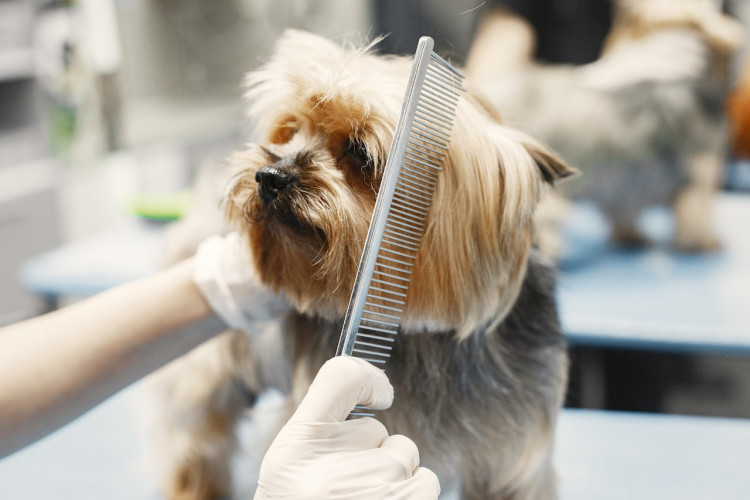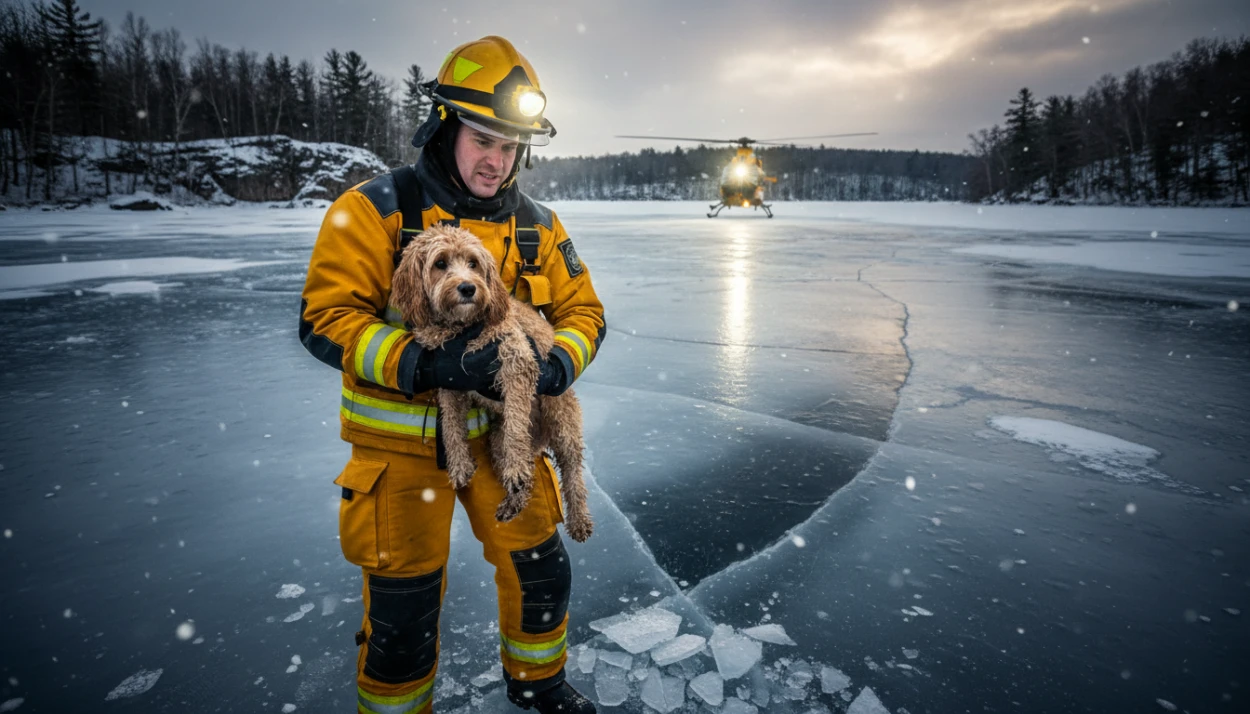As a pet owner, keeping your furry friend healthy and happy is essential, and one of the best ways to do this is by maintaining their coat through regular grooming. A healthy coat not only looks good but also plays a vital role in your dog's overall health and well-being. In this article, we will discuss the best dog grooming techniques that you can use to keep your pup's coat healthy, shiny, and soft.

Understanding Dog Coat Types
Before we dive into the best grooming techniques, it's essential to understand the different types of dog coats. Dogs have four primary coat types: short, medium, long, and wire-haired. Each coat type has its unique characteristics and requires specific grooming techniques to maintain its health.
Short Coats
Dogs with short coats have fur that is less than an inch in length, and their fur is typically sleek and smooth. Breeds with short coats include Beagles, Boxers, and French Bulldogs. Regular brushing is essential to maintain a shiny and healthy coat. You can use a bristle brush or rubber curry brush to remove any loose hair, dirt, or debris.
Medium Coats
Dogs with medium coats have fur that is between 1 and 3 inches in length, and their fur is generally dense and soft. Breeds with medium coats include Golden Retrievers, Labrador Retrievers, and Border Collies. Brushing your dog's coat at least once a week is essential to prevent mats and tangles.
Long Coats
Dogs with long coats have fur that is longer than 3 inches and typically requires the most grooming. Breeds with long coats include Shih Tzus, Maltese, and Yorkshire Terriers. Daily brushing is essential to prevent matting and tangling. You can use a slicker brush or a pin brush to remove any tangles or mats.
Wire-Haired Coats
Dogs with wire-haired coats have a rough, coarse outer coat and a softer undercoat. Breeds with wire-haired coats include Terriers, Schnauzers, and Wirehaired Pointing Griffons. Regular brushing is essential to remove any dead hair and prevent matting.
Best Grooming Techniques for Maintaining a Healthy Coat
Now that we understand the different types of dog coats let's dive into the best grooming techniques to maintain a healthy coat.
Brushing
Brushing your dog's coat regularly is essential to remove any loose hair, dirt, and debris. It also helps distribute your dog's natural oils, which keep its coat shiny and healthy. Use the appropriate brush for your dog's coat type and brush in the direction of the fur growth. Start brushing from the neck and move down towards the tail, paying attention to the chest and stomach area.
Bathing
Bathing your dog is essential to maintain a healthy coat, but too much bathing can strip their skin of its natural oils. It's recommended to bathe your dog every 3-4 months unless they get into something, particularly dirty or smelly. When bathing your dog, use a shampoo that's formulated for its specific coat type and rinse thoroughly.
Trimming
Trimming your dog's fur can help prevent matting and tangling, particularly for breeds with long coats. Use a pair of scissors or clippers to trim around their ears, paws, and sanitary areas. It's recommended to take your dog to a professional groomer every 6-8 weeks for a full grooming session.
Nutrition
A healthy coat starts from within, so it's essential to feed your dog a balanced and nutritious diet. A diet that's high in protein and essential fatty acids can help promote healthy skin and coat. Speak to your veterinarian about any dietary supplements or changes that can help improve your dog's coat health.
Nail Trimming
Long nails can cause discomfort and even pain for your furry friend. It's essential to trim your dog's nails regularly to keep them from getting too long. You can use a pair of clippers or a nail grinder to trim your dog's nails. Be careful not to cut the quick, which is a vein that runs through the nail.
Ear Cleaning
Cleaning your dog's ears regularly can help prevent ear infections and keep their ears healthy. Use a gentle ear cleaner and a cotton ball to wipe the inside of your dog's ears. Be careful not to go too deep into the ear canal, as this can cause discomfort and even damage.
Teeth Brushing
Oral health is just as important as coat health, and brushing your dog's teeth regularly can help prevent gum disease and tooth decay. Use a toothbrush and toothpaste that's formulated for dogs, and brush their teeth at least twice a week.
Regular Check-Ups
Regular check-ups with your veterinarian can help identify any underlying health issues that may be affecting your dog's coat health. Your veterinarian can also provide guidance on the best grooming techniques and products for your dog's specific coat type.
Conclusion
Maintaining a healthy coat is essential for your dog's overall health and well-being. Regular grooming, a balanced diet, and regular check-ups can help keep your furry friend's coat healthy and shiny. By following these best grooming techniques, you can ensure that your dog's coat remains in top condition.
FAQs
How often should I brush my dog's coat?
A: The frequency of brushing depends on your dog's coat type. Dogs with short coats may only need to be brushed once a week, while dogs with long coats may require daily brushing.
Can I use human shampoo to bathe my dog?
A: No, human shampoo can be too harsh for your dog's skin and coat. It's essential to use a shampoo that's formulated for dogs.
Can I use a regular toothbrush to brush my dog's teeth?
A: No, it's essential to use a toothbrush that's specifically designed for dogs, as human toothbrushes can be too harsh for their teeth and gums.
How often should I trim my dog's nails?
A: It's recommended to trim your dog's nails every 2-3 weeks, or when you hear them clicking on the floor.
What should I do if I notice my dog's coat is dull or dry?
A: Speak to your veterinarian about any dietary supplements or changes that can help improve your dog's coat health. They may also recommend specific grooming techniques or products.








